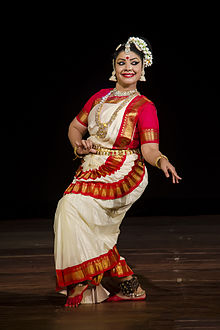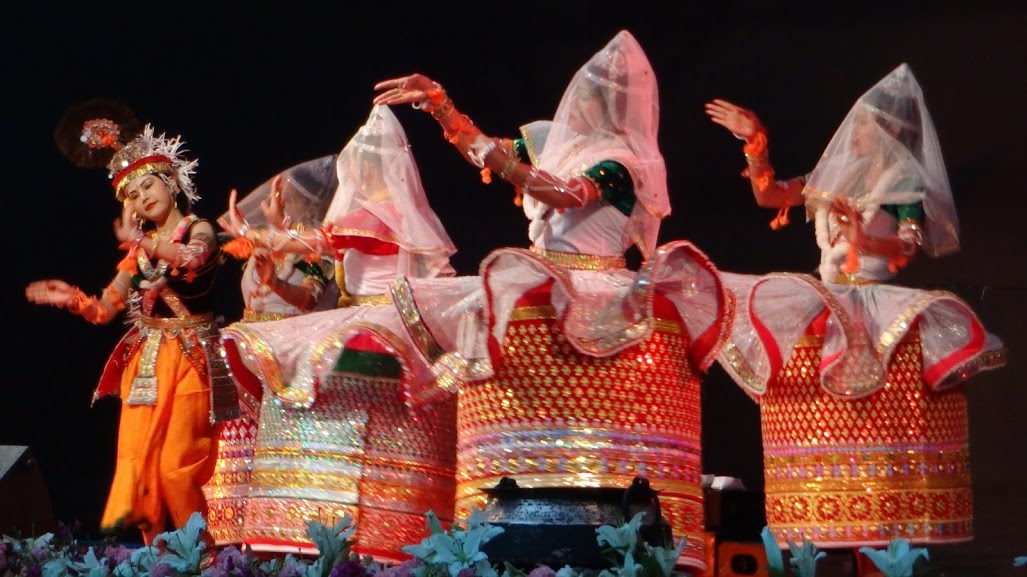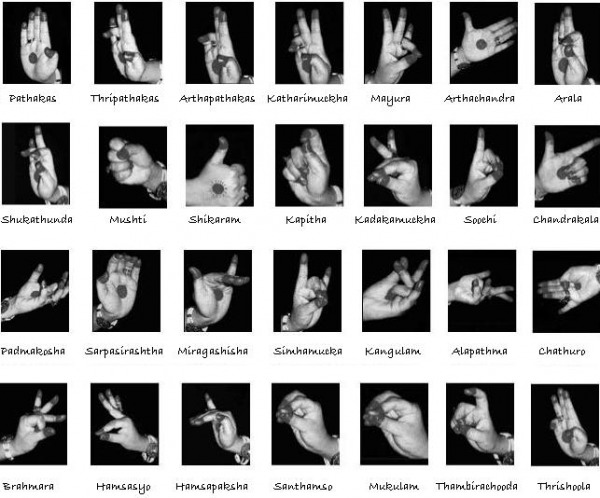5.Odissi
Odissi is one of the famous classical Indian dances from Orissa state. The history of Odissi dance is almost two thousand years old. Odissi is a highly inspired, passionate, ecstatic and sensuous form of dance. Like most of the South Indian classical dances of India Odissi too had its origin in the Devadasi tradition. The state of Orissa has a great cultural history. The rulers of this region built magnificent temples, which became the center of art and culture. It was around these temples that Odissi, one of India's scintillating dance-forms was born, nurtured and nourished.In its present form Odissi is a well established and codified classical dance form of India. Odissi is considered a dance of love, joy and intense passion, pure, divine and human. Over a period of time three schools of Odissi dance developed, they are- Mahari, Nartaki, and Gotipau. The Mahari system traces its roots in the Devadasi tradition. The dance form of Odissi that developed in royal courts is called the Nartaki tradition. In the Gotipau tradition of Odissi dance young boys dress up in female attires and enact female roles.
1.Mudras
Mudras or hand expressions in Odissi are the same as in other dance forms.
2.Costume
.











